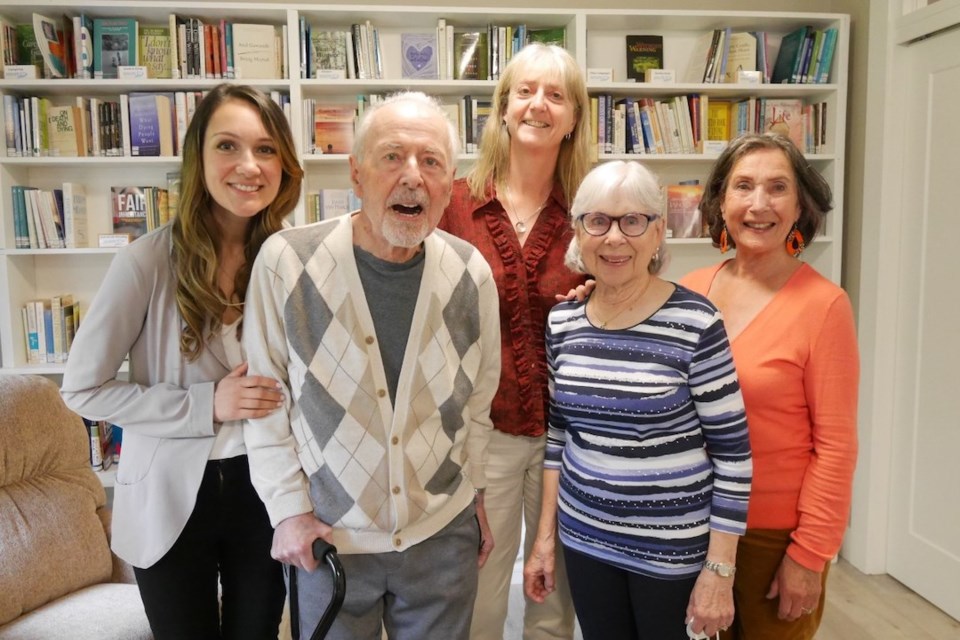The 2021 census confirmed that the population on the Sunshine Coast is aging: one-third of the residents are now 65 or older, a much higher proportion of seniors than in B.C. overall.
And there’s no sign of that trend changing. By 2035, seniors are expected to make up almost 38 per cent of our population – compared to almost 25 per cent projected for B.C. – and they will be older than the current senior population.
This sizable shift in age demographics will have a significant impact on health care on the Coast, especially when it comes to providing palliative and end-of-life care.
A recently published study “Palliative and end-of-life care on the Sunshine Coast: A scan of current and future needs” examined palliative and hospice care services in the region and explored how capacity will need to be increased to address both the current and projected needs of an aging population.
The main findings were a need for more hospice and respite beds, and home-based care services for people approaching the end of their lives.
The study was a collaborative project by the Sunshine Coast Hospice Society and the Palliative Care Working Group of the Sunshine Coast Division of Family Practice.
“Palliative care is more than end-of-life care,” explained Dr. Carmen Goojha, a family physician in Sechelt who specializes in palliative care and MAID (medical assistance in dying). “It is the journey from diagnosis of a serious illness, through phases of treatment to end-of-life, and on to the grieving process. It reflects the choices and decisions of patients and their families, providing comprehensive support for their wishes.”
While recognizing that much more support is needed, the study recognized the resources and services that are currently available on the Coast for people requiring palliative care.
“We have a strong and collaborative palliative care network with dedicated physicians, nurses, allied health professionals, and hospice volunteers working together to provide the best possible care for patients and their families on the Coast,” said Dr. Goojha.
However, there are challenges. “There are key issues such as a shortage of health care staff, not enough long-term care and hospital beds, and a lack of sufficient hospice suites and palliative respite care,” said Tess Huntly, executive director of the Sunshine Coast Hospice Society.
Coast Hospice serves the entire Sunshine Coast, providing advocacy for, and support to, people and their loved ones experiencing life-limiting illnesses and bereavement, as well as furnishing two hospice suites at the Shorncliffe Intermediate Care Facility in Sechelt.
“We have a knowledgeable and caring community in place, and we can build on that. This study confirms what we have observed and what needs to be done to make the Coast a place where people can age and die with compassion. Given the already growing demand, efforts to enhance palliative and hospice services need to begin right away,” noted Huntly.
When asked about next best steps, she replied: “More options for community members, including enhanced hospice and home-based support.”
Detailed recommendations to meet the needs of people requiring palliative and end-of-life care on the Coast are included in the 40-page study available online at www.divisionsbc.ca/sunshine-coast
Michael Aeberhardt is the executive director of the Sunshine Coast Division of Family Practice. The division supports family physicians on the Coast in providing and improving local health services.
The Palliative Care Working Group was funded by the Shared Care Committee, a partnership between Doctors of BC and the Ministry of Health.


.png;w=120;h=80;mode=crop)
